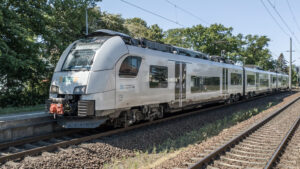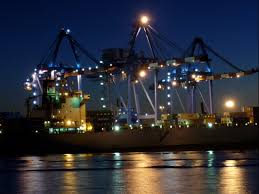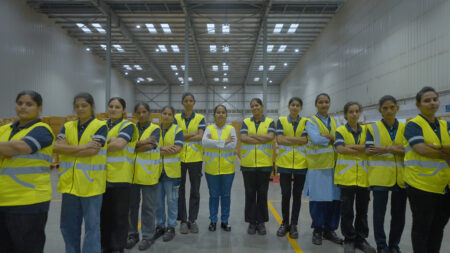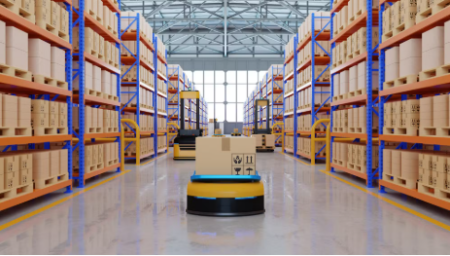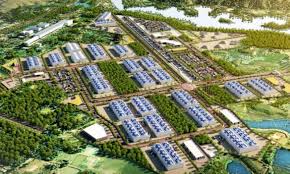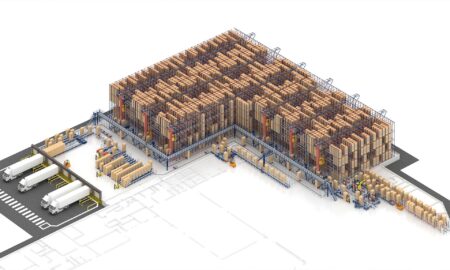Metro-linked warehousing is reshaping logistics, boosting quick commerce, and unlocking new real estate opportunities.
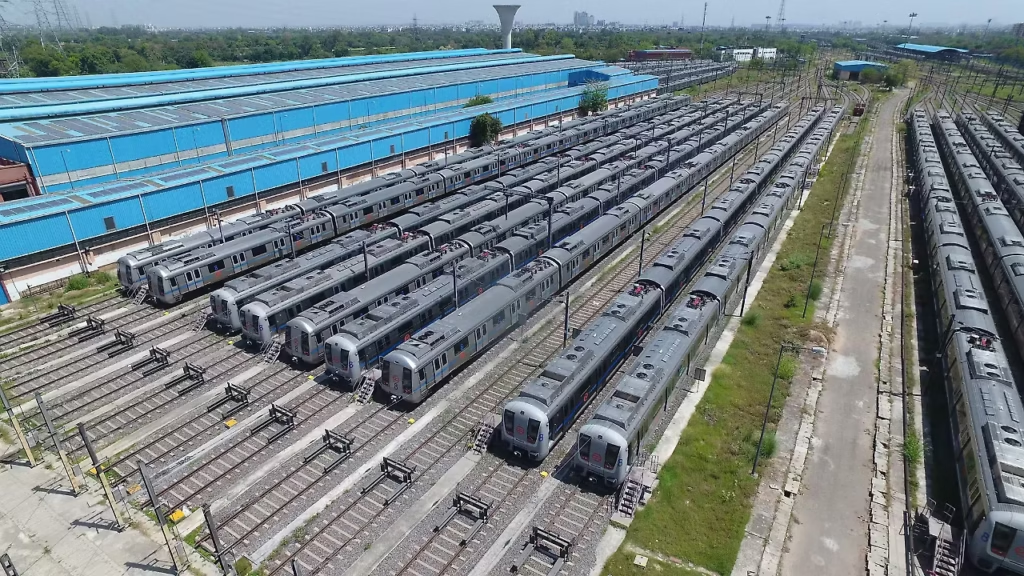
India’s expanding metro rail network is not only transforming urban mobility but also reshaping the logistics and warehousing landscape. Metro-linked warehouses are increasingly becoming vital for enterprises seeking faster deliveries in the age of e-commerce and quick commerce.
Traditionally, warehouses were located on highways or city outskirts, but changing consumer demands now require storage closer to urban centers. Proximity to metro corridors enables micro-distribution hubs and dark stores to ensure smoother last-mile delivery, reduced congestion, and better cost efficiency. This shift is especially evident in Delhi NCR, Bengaluru, and Hyderabad, where micro-warehousing hubs are gaining traction.
The model also brings sustainability benefits by reducing road dependency, lowering fuel use, and cutting emissions, aligning with India’s goals for greener urban growth. From a real estate standpoint, metro-linked warehousing is opening new corridors of investment, with land near metro stations being evaluated for mixed-use hubs that combine warehousing, retail, and offices.
With cities like Pune, Chennai, Ahmedabad, Indore, Lucknow, and Nagpur expanding metro networks, metro-linked warehousing is poised to become a national trend.
Views expressed are by Zafeer Ahmed, Managing Director, XRE Consultants.
Source: PR

